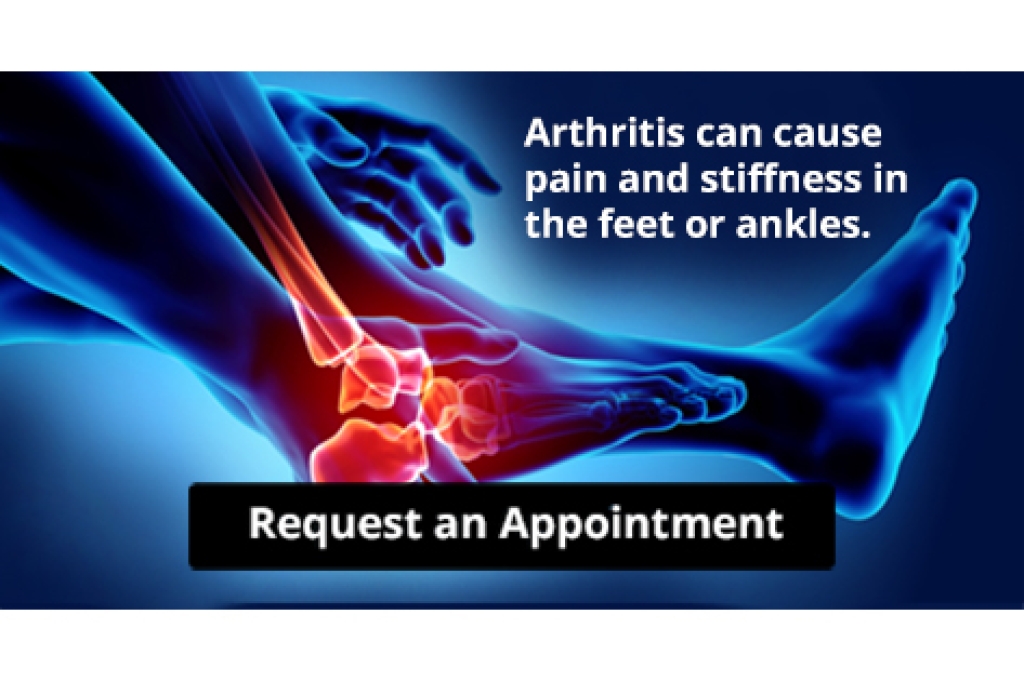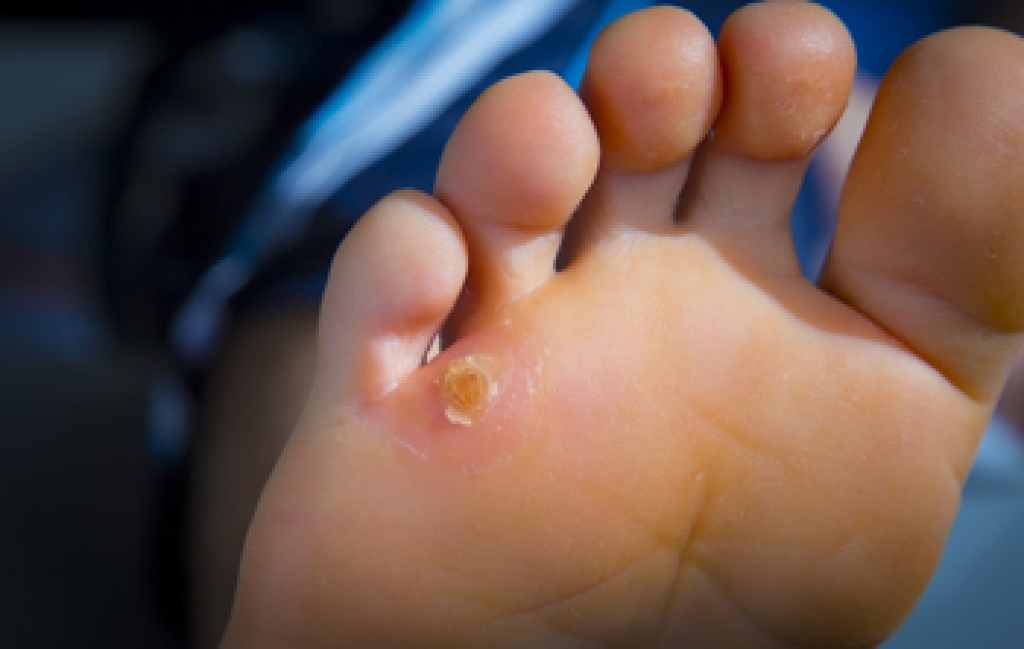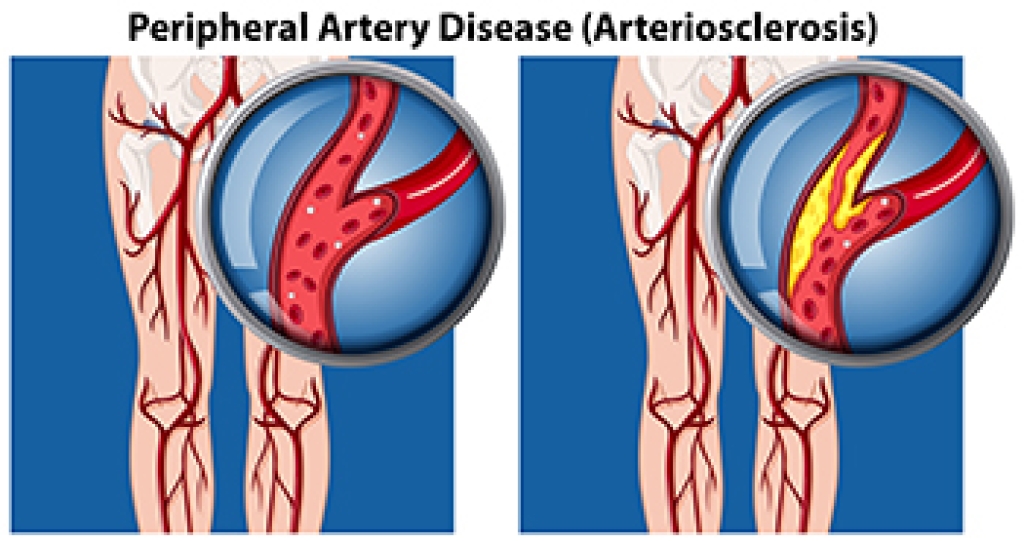Hammertoe correction is a surgical procedure used to straighten hammertoes, which are toes that are bent abnormally at the middle joint. The type of surgery you have will depend on how much your toe bends. In general, during this operation the surgeon makes one or more incisions in the area where your toe attaches to your foot. They will then loosen the tendons or ligaments that are causing the abnormal bending in the affected toe. Sometimes, joint or bone tissue needs to be removed to straighten the toe. You may also need wires, screws, or pins placed through your toe bones to keep the toe straight. When the operation is over, the incisions that the surgeon made will be closed with stitches. While full recovery time varies, hammertoe correction is an outpatient procedure and you will usually be able to go home the same day. For more information about hammertoe correction, and to find out if surgery is the right option for your hammertoes, please consult with a podiatrist.
Hammertoes can be a painful condition to live with. For more information, contact Dr. Castillo of Bronx Foot Care. Our doctor will answer any of your foot- and ankle-related questions.
Hammertoe
Hammertoe is a foot deformity that occurs due to an imbalance in the muscles, tendons, or ligaments that normally hold the toe straight. It can be caused by the type of shoes you wear, your foot structure, trauma, and certain disease processes.
Symptoms
- Painful and/or difficult toe movement
- Swelling
- Joint stiffness
- Calluses/Corns
- Physical deformity
Risk Factors
- Age – The risk of hammertoe increases with age
- Sex – Women are more likely to have hammertoe compared to men
- Toe Length – You are more likely to develop hammertoe if your second toe is longer than your big toe
- Certain Diseases – Arthritis and diabetes may make you more likely to develop hammertoe
Treatment
If you have hammertoe, you should change into a more comfortable shoe that provides enough room for your toes. Exercises such as picking up marbles may strengthen and stretch your toe muscles. Nevertheless, it is important to seek assistance from a podiatrist in order to determine the severity of your hammertoe and see which treatment option will work best for you.
If you have any questions, please feel free to contact our offices located in Bronx, NY Yonkers, NY . We offer the newest diagnostic and treatment technologies for all your foot care needs.





